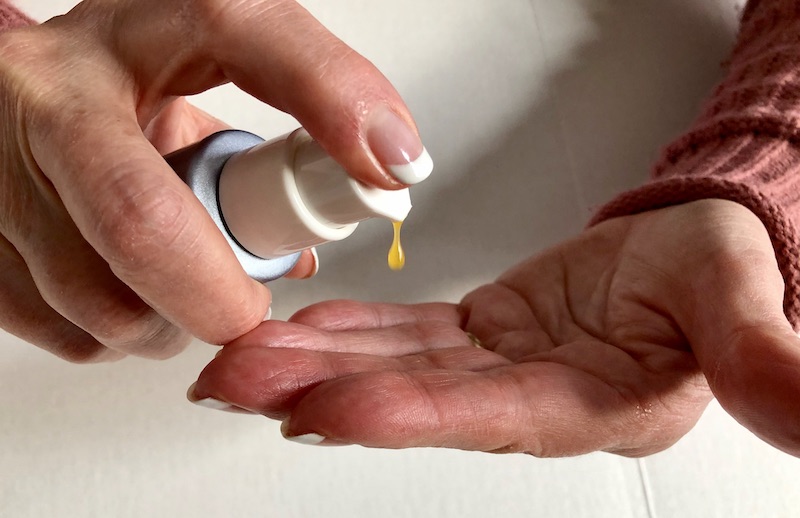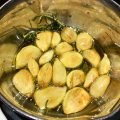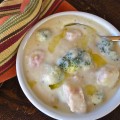Minnesota winter is brutal in many ways — the cold, ice, freezing fog, frigid wind, people who don’t know how to drive safely, etcetera. Sadly, the thing that is most brutal is also one of the things that keeps us sane and comfy during winter: our houses. Forced air furnaces, electric heating elements, and even those lovely wood stoves and fireplaces dry out the air as they heat our indoor spaces.
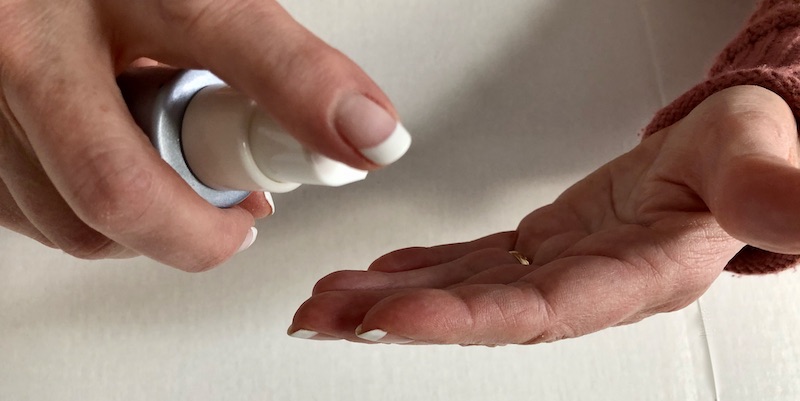
Our skin craves — and desperately needs — humidity. Some of us hop on an airplane for 4 glorious days in the tropics, but along the way, we actually do more damage to our skin than good. Consider this: airplanes keep their humidity level well below 20%. Death Valley — typically the hottest and driest place on the planet — feels tropical in comparison to the air on a 757 passenger plane.
Here’s a little side note: Dehydration contributes heavily to jet lag. In my 40-or-so international flights, changing time zones and disrupting sleep patterns, I learned long ago how to basically avoid jet lag. Water. 💧 Water! 💧 and more WATER! 💦 . Entering the trip fully hydrated, (which can also be read as “sucking back copious amounts of water” and avoiding caffeine and alcohol the hours before and during the flight), is a good place to start. After going through security, I also fill at least one water bottle to carry on to the plane. I use the bathroom twice before boarding.
Oh, and I always choose a window seat when flying.
Even with all that water, I very seldom need to use the loo on the airplane. How can that be? Partly because I daily drink 1/2 my body weight in ounces of water — an example is that someone with 150# body weight should drink at least 75 ounces of water each day — so my body is conditioned to it. But the other reason I can avoid climbing over my neighbors to run to the bathroom on the plane is because that our skin — the body’s largest organ — acts like a wick, and the desert-dry airplane air draws water away from our bodies.
All this comes at a cost. Our skin! It’s no wonder that we look tired, wrinkly, exhausted, old, worn out, and fatigued during the winter. WE ARE DRIER THAN DEATH VALLEY.
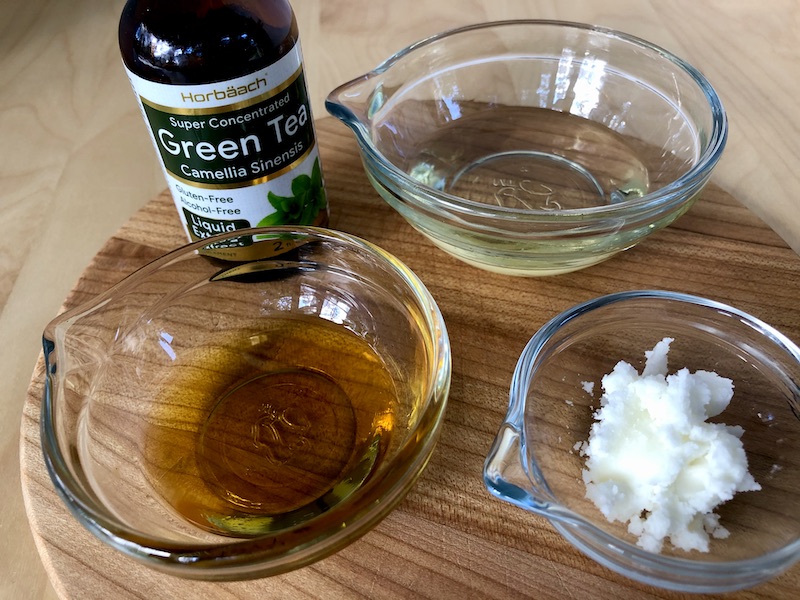
I’m not saying that I’ve found the Fountain of Youth, or that I look years younger than I truly am, but I do know that there are multiple ways to deal with every problem. In order to maintain healthy skin that will hold us together with strength and beauty, we need to be wise.
- Drink plenty of water.
- Avoid large amounts of sugar, caffeine, and alcohol.
- Get sufficient and good-quality rest.
- Surround yourself with people who make you smile.
- Steer clear from chemically-laden skin products.
- Hydrate your skin, then moisturize. Frequently.
Retinol is very popular in skincare these days — for good reason. Without going into details, rosehip seed oil is a natural source of retinol, vitamin A, vitamin C, and essential fatty acids. Scientifically it is complex. In my scientifically-limited vocabulary, it is good for your skin. It doesn’t irritate like synthetic forms of retinol can, and thirsty skin drinks it in like a refreshing spritzer on a suffocatingly hot day.
Remember that this is NOT rose petal oil, but from the rosehip — the seed. It is not going to smell like a rose! Instead, the scent is closer to that of alfalfa. It is earthy, light, and the scent disappears quickly.
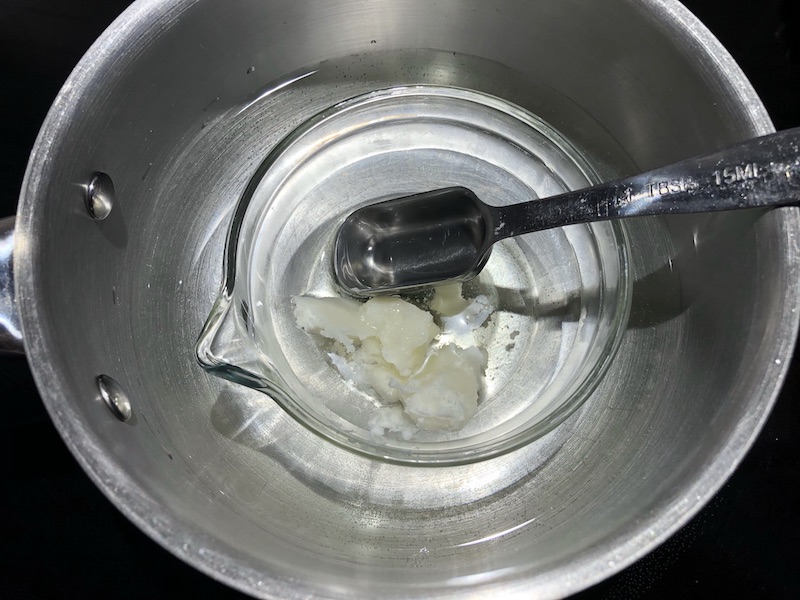
Every ingredient in this retinol oil is a nutritional powerhouse for your skin.
The easiest way to combine solid and liquid oils is to melt the shea butter in a small glass bowl set into in a saucepan of hot water before adding the remaining ingredients. Morning and evening after washing your face and neck, smooth on a palm-full of hyaluronic acid and vitamin C serum. Then use another palm-full of rosehip retinol oil blend, rub your hands together to warm the oil, and pat all over your face and neck. It soaks in quickly, and makes a nice base for makeup.
Following this process provides your skin with the HYDRATION and MOISTURE that it needs to be healthy and strong.
Thanks to my sister for offering her hands to be photographed!
Print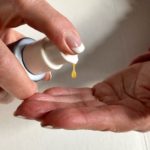
Rosehip Retinol Oil for Face and Neck
Description
Hydrate with hyaluronic acid serum, then moisturize with this natural retinol oil for excellent skin — luxury skin care at a DIY price
Ingredients
1 Tbsp organic rosehip seed oil
1 Tbsp organic shea butter
1 Tbsp organic almond oil
1 Tbsp organic apricot oil
1 tsp organic aloe vera gel
1 tsp vitamin E oil
1/4 tsp green tea extract
10 drops carrot seed oil
10 drops lavender oil
10 drops frankincense oil
5 drops bergamot oil
1 drop lemon oil
Instructions
Heat a small amount of water in a saucepan. Remove from heat and place shea butter in a small glass bowl in water to melt.
Once shea butter is melted, combine with remaining ingredients.
Pour into clean bottle with dropper or pump.
To use, shake bottle, then put several drops in your palm. Rub palms vigorously together to warm the oil, and pat all over your freshly cleaned face and neck morning and evening.
Notes
For best results, exfoliate once or twice per week with a microdermabrasion-type facial mask. Twice daily, hydrate skin with hyaluronic acid serum, then moisturize with this retinol face and neck oil.
All of these ingredients are easy to find online, and will make enough moisturizer for several years. Be sure to choose organic, high-quality ingredients.

